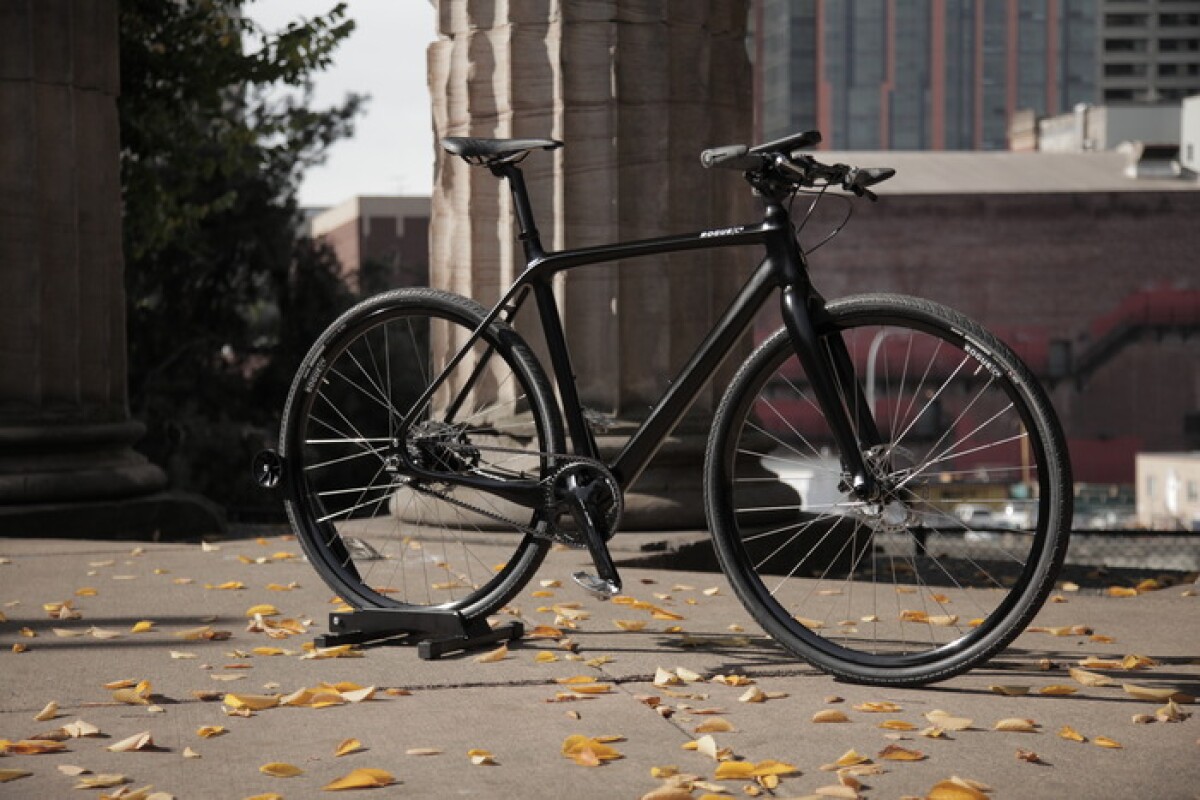Many cities around the world are experiencing a massive upswing in commuter cycling. But often the vehicles of choice for these motivated nine-to-fivers is either a mountain bike converted for the road, or a road bike converted for shorter trips. At least that's the way Washington-based engineer David Lupafya sees it, whose sleek Rogue C6 bicycle is aimed at walking the line between comfort and durability.
A keen cyclist himself, Lupafya says he conceived the Rogue C6 when he couldn't find a vehicle that suited his needs as a leisurely rider. The driving forces of his approach were the need to develop something reliable with high-end components, that also incorporated new technologies.
The Rogue C6's carbon fiber frame weighs in at 3.9 lb (1.7 kg), which Lupafya says is around 50 to 60 percent lighter than steel or aluminum bikes of similar shapes and sizes. Another factor that sets the Rogue C6 apart is its shunning of the oily, maintenance-heavy chainsets of traditional bikes. Its Gates carbon fiber belt drive doesn't require any lubrication and is said to be lighter, cleaner and last longer than a chain.
The Rogue C6 is fitted with Shimano Alfine hydraulic disc brakes, hubs, dual platform pedals compatible with both cleats and shoes, along with an Alfine eight-speed gearing system.

On the technology side of things, the bike has integrated lights in the seatpost and 200 lumen lights in the handlebars. An iOS companion app works with the GPS system and displays information such as speed, cadence, elevation and a map for navigation.
The second function of the GPS is aimed at preventing it from going missing. If the bike is stolen, its owner can send it an SMS, to which the bike responds with its current GPS coordinates. If the bike is out of range, however, a two-way cellular transmitter will send through its location using triangulation to within 30 ft (9 m).
Lupafya is looking to raise funds on Kickstarter for production. There are five frame sizes, ranging from extra small for people around 5 ft 2 in (160 cm) in height, up to extra large for those up to 6 ft 5 in (198 cm). Sky blue, blood orange and matte black are the colors to choose from. With a campaign goal of US$50,000, a pledge of $1,950 will have a Rogue C6 sent your way in April 2015 if everything runs as planned.
You can hear from Lupafya in his pitch video below.
Source: Rogue C6















